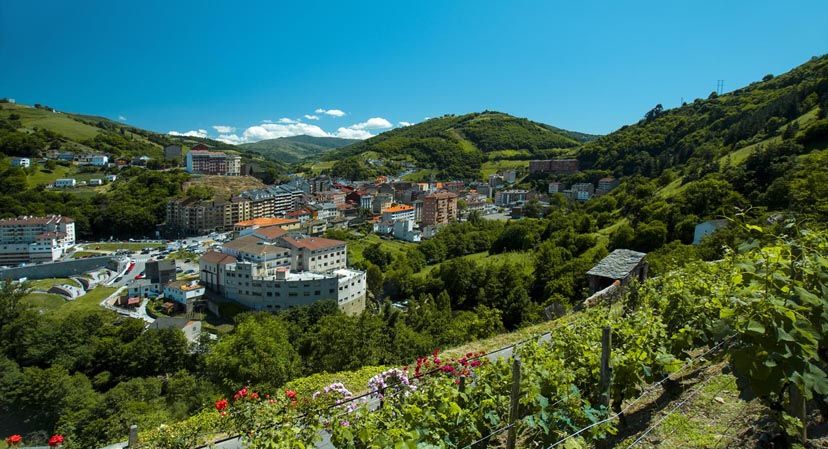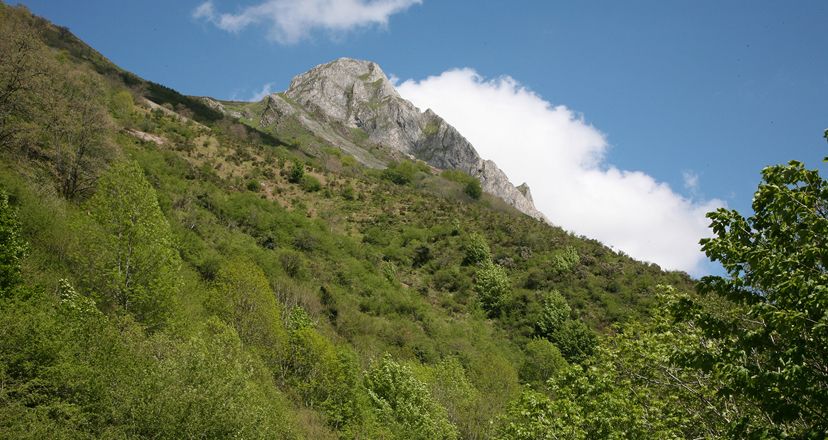Back 8 unique places to visit in western Asturias
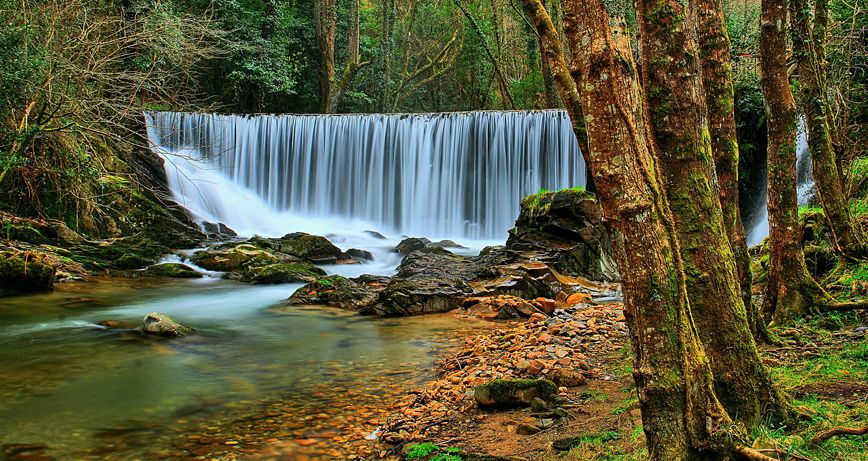
8 interesting places to visit in western Asturias
Asturias is a succession of places to fall in love with, and the West of Asturias is a clear example of this immense attraction. Here are 8 unique places in this area!
Asturias is an endless succession of places and routes to fall in love with, and they multiply to infinity and beyond. And of course the west of Asturias is a clear example of the immense attraction of a land that surprises you at every moment and never leaves you indifferent.
Western Asturias offers you unusual places and attractions. Immerse yourself in this culture and you'll discover massifs, fortified forts, fairytale villages, caves, mountain caves, monasteries, chapels, mills... And all of this in a landscape that will leave you seduced for life.
Here are 8 unique places to visit in western Asturias!
The Palaces Route. Vegadeo
This route connects several architectural gems in the council of Vegadeo. Near the town centre of Vegadeo is the 16th-century Palacio de Lastra, which includes a passageway leading to the river. In the centre of Vegadeo, the Valledor Palace and the Casa del Campo, with its unique octagonal tower, which in its day was used as a tannery, stand out.
From Vegadeo, you can reach Piantón, where you will find the 17th century Casa del Rego. Surrounded by a high, thick slate wall, this house stands out for its octagonal dovecote and the imposing black slate frames and lintels.
Following the AS-11 to Vixandre, you can visit an impressive palace of the same name. Legend has it that the king ordered one of its many windows to be walled up so that it would not outnumber the Royal Palace.
Taking the N-640, we reach Abres, where we find the Palace of El Pividal. It has a crenellated tower and a chapel that houses heritage elements from the 17th and 18th centuries.
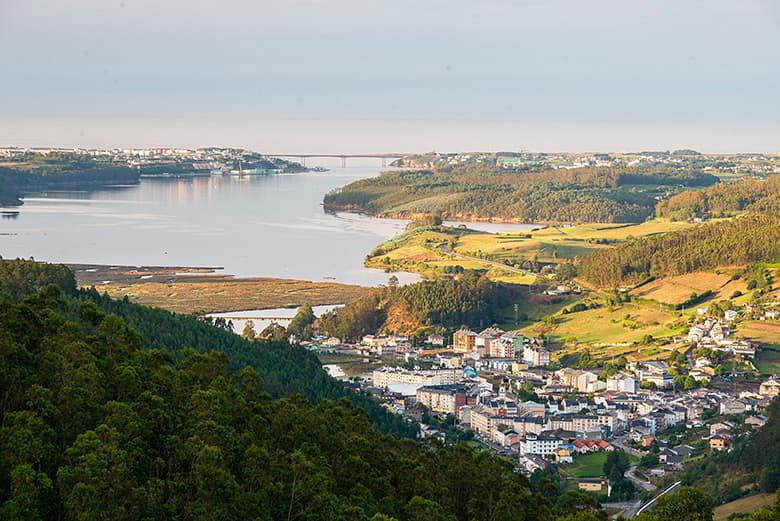
The fort of Cabo Blanco: Cabo Blanco. Council of El Franco
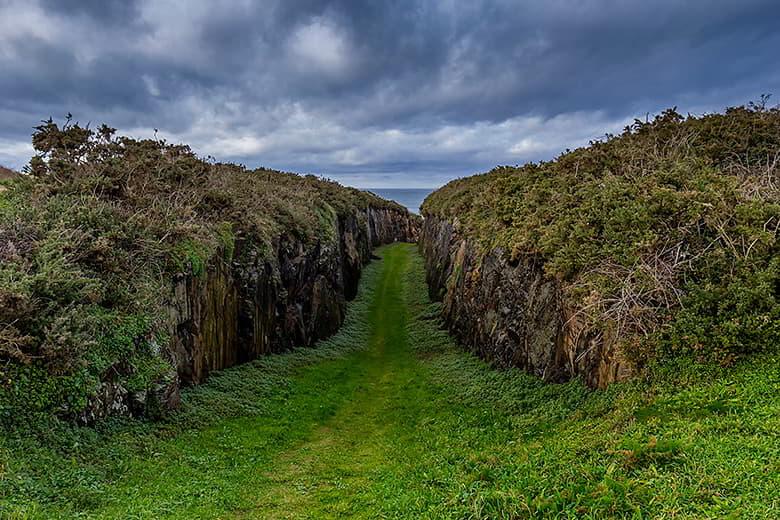
The coastal path between the towns of El Porto/Viavélez and Porcía, in El Franco, has in one of its sections one of the most important castro settlements in western Asturias, the fort of Cabo Blanco. However, it is not only impressive to imagine "in situ" what life was like in that castro, which was excavated and covered up again¨-, what is really striking is the beauty of this environment, where fishermen can often be seen on the rocks and where the stone, sculpted by the wind and the sea, shows curious shapes where the blue of the water and the white of the foam invite you to take unforgettable photos. For those who want to "tread" on so many centuries of history, it is possible to walk a stretch between the impressive walls of one of its moats. Scholars say that it had defence fortifications in five lines, where there were five moats and three parapets. It was inhabited in the 1st and 2nd centuries A.D., although its foundation in pre-Roman times is not ruled out, all this and then the sea and the beautiful path along which it is a pleasure to wander. The best way to reach this place is from the entrance to Valdepares.
Otilia's world. Froseira. Council of Boal
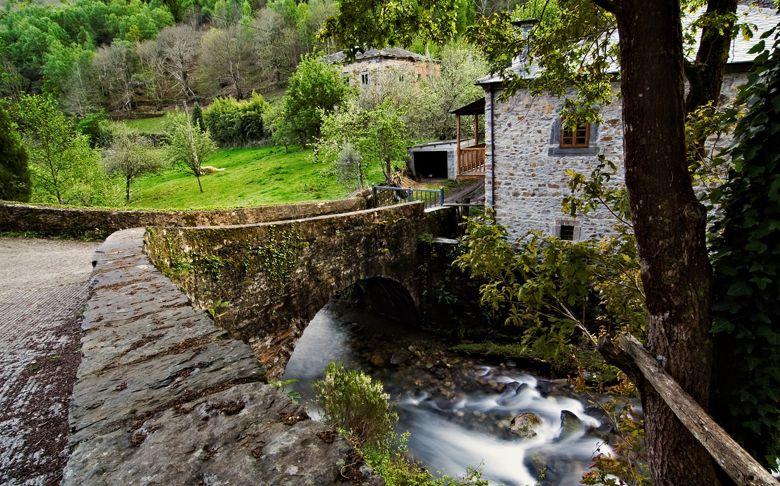
Sometimes places have the indissoluble mark of those who have lived there. Such was the case of Otilia González, who lived all her life in Froseira, in Boal, a village that is an ethnographic jewel and where there are remains of an old forge, as well as a mill where corn and wheat are still ground. It was her beloved village, a place that has marked the life of this woman, who was the living image of sympathy, generosity and people skills. She, who counted on the affection and company of her family members, had a chapel built near her house, dedicated to the Virgen del Carmen. There is also a hiking route which, starting from Doiras, takes you to Froseira and continues on to the peak of Cuco, the Cova del Demo and the Urubio bridge, before returning to the starting point. This charming place can be reached on the AS-12 after passing Doiras, via a turn-off and tarmac road.
The most beautiful water curtain. Cave of Pímpano. Council of Villayón

Villayón is a council that undoubtedly deserves the title of kingdom of water due to the number of waterfalls it has. One of the most beautiful waterfalls is that of the La Pasada El Suco waterfall over the Pímpano cave, a spectacle especially in winter and spring when the waterfall falls right over the front part of the hollow, forming a sort of curtain of water that you can pass through at the back. All this in the middle of a forest where the sound of nature and the colours invite you to spend some time in silence. It is a place for xanas and goblins, which can be reached after leaving the village of Busmente. On one side of the road there is also a beautiful restored mill with information about its activity and use. From there it is just 500 metres of easy walking to this cave.
The braña that enchants, El Campel. Parish of Santa Coloma. Council of Allande

If there are places that stay with you after discovering them, the El Campel mountain pass, in the council of Allande, is one of them. At an altitude of 860 metres, it is reached after crossing the La Marta pass, the first to close in Asturias with the snowfalls. For lovers of photography, this braña is an authentic luxury, the best time to do so is at dusk, when the light, with the sun, shines silver on its stone enclosures and slate roofs. The hut belongs to the village of Llaneces, near El Rebollo, in the parish of Santa Coloma. In the past, the shepherds used to take their small livestock up to this hut in the spring and summer months, mainly goats and sheep, and sometimes they slept in the upper part of the huts, while the livestock was kept in the lower part to be released the next day for grazing, and to go about their chores. Of course, it was not a "braña de alzada", unlike those of Valdés and Cudillero.
The monastery inhabited by birds. Obona. Council of Tineo

Among the many must-see places for pilgrims on their way to Santiago on the Primitive Way is, in Tineo, the monastery of Obona, in the town of the same name. This jewel of Asturian Romanesque architecture goes straight to the heart of those who come to this place in search of peace, history and the desire to imagine what it was like in its heyday: a very important cultural centre where the monks, as well as perfecting farming and stockbreeding techniques, also taught Latin, philosophy and theology. According to a disputed document that no longer exists, it was founded by Prince Adelgaster, the bastard son of King Silo, and his wife Brunilde in the 8th century. Scholars say that this Benedictine monastery, consisting of the church and the monastic quarters, was built on the original site in the 13th century. Today, centuries later, the only things that inhabit it are nature and birds.
The white chapel of the blue door. Braña de Lendepeña. Council of Valdés
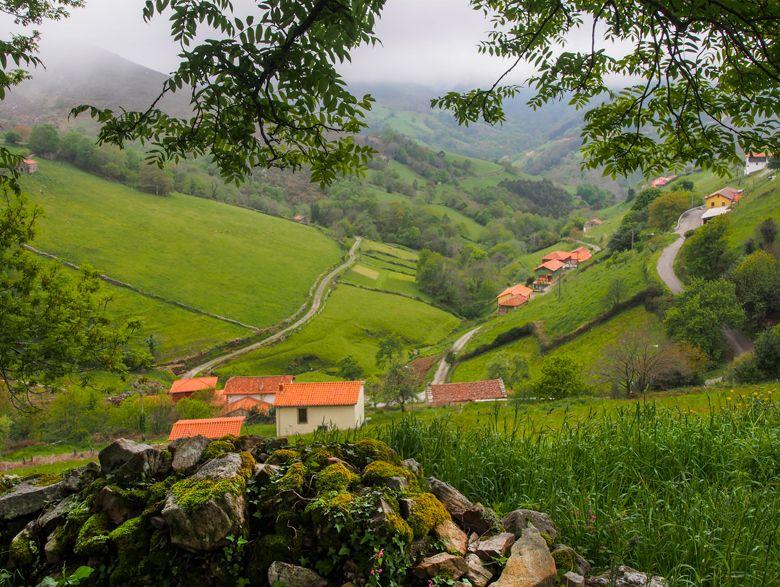
Lovers of secondary roads will enjoy going to the braña of Lendepeña, which belongs to the village of the same name, in the council of Valdés. Here, the road that leads there is undoubtedly a treat in itself for everything you see: sea, coast, horizon, villages, pastures, brañas, in short, Asturias in its pure and generous state. Land of the vaqueiros de alzada, both the chapel and the village belong to the parish of Arcayana. There is no doubt that it is impressive when, after arriving at the top, you discover at the bottom the small and beautiful white chapel with a blue door in the middle of a green immensity where, if you can hear anything, it is the distant hum of the windmill blades turning in the distance. One of the most authentic pilgrimages in the area is held there in June, dedicated to San Juan. The chapel was ordered to be built in 1924 by the indiano and vaqueiro Nicolás Gayo.
The mill that loved the sea. Beach of La Vallina. Council of Cudillero
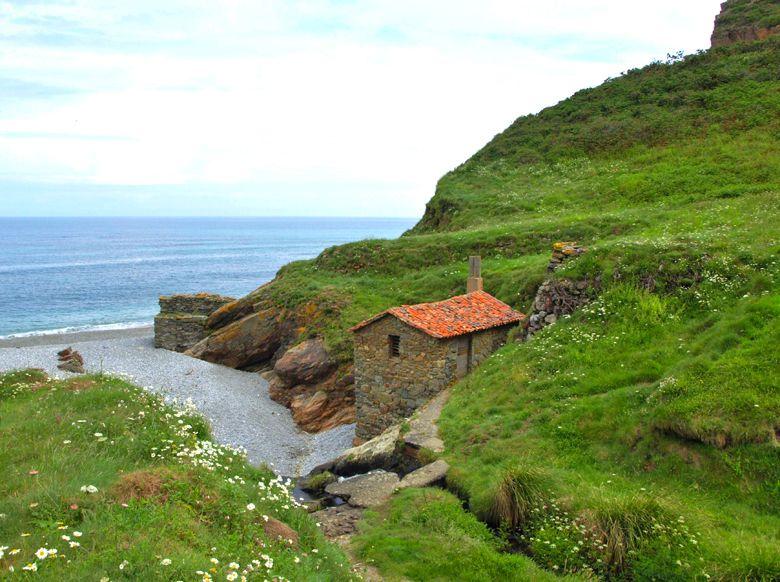
In the council of Cudillero and starting from the town of Oviñana, you reach the beach of Vallina, a pebble beach with little sand, which can be reached by a simple and rewarding route and which, even before reaching it, offers the traveller some of the best views of the western coast and, above all, of the lighthouse and Cape Vidío. The route is signposted with yellow arrows that cross the village until you reach a turning on the left, where a signpost indicates the beach. Along the path you can feel the flow of the river Vivigo, which others call Boumión, and on whose banks there were six flour mills, many of which have now disappeared. Two restored mills are still standing, although they are no longer in use. One, on the prao, before going down to the beach, with a curious side window and, finally, the one at the foot of the beach, overlooking the sea, facing the tides and waves, and which immediately captivates whoever discovers it. Next to it falls, in a small waterfall, the river that fed it, water that does not move the mill, but undoubtedly excites the seekers of places as special as this one, in Asturias.
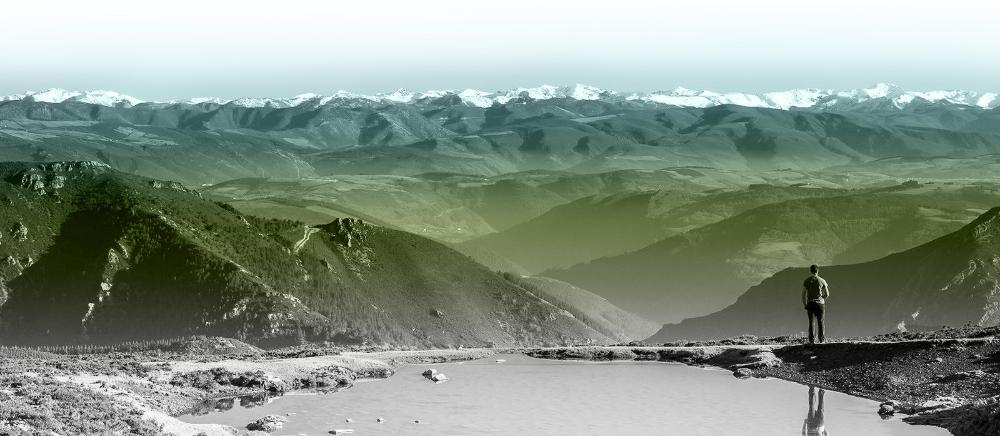
Subscribe to our newsletter and take advantage of offers, discounts, and news
Subscribe


